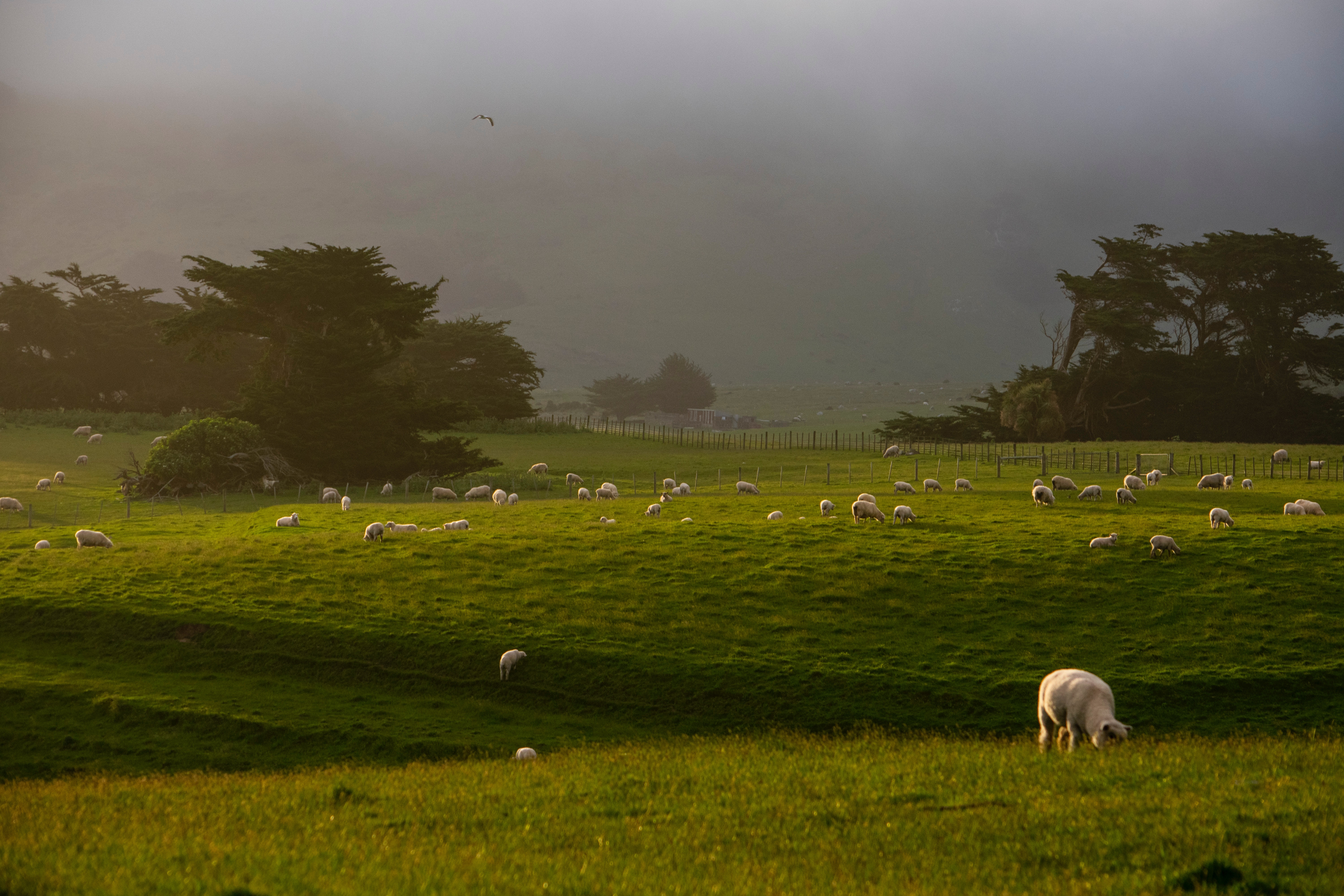



A closer look at the EU's reforms to the Common Agricultural Policy
New policy analysis from AHDB looks at how the CAP is changing and how it compares with the UK's agriculture strategy.As of June 2021, the EU reached an agreement on the reform of the new common agricultural policy (CAP) which will be rolled out from 2023.


Under the provisionally agreed new CAP, EU Member States will design their own national strategic plans, based on EU goals for social, environmental and economic sustainability in agriculture. The EU describes this new CAP as "fairer, greener and more flexible" and a vital component in fulfilling the EU’s farm-to-fork strategy, in addition to the EU’s Green Deal objectives. But how does this compare with UK policy?
A key reform of the new CAP is the introduction of a redistribution income support mechanism, which aims to better address the incomes of small and medium sized farms. Under this mechanism, EU countries will have to ensure at least 10% of their direct payment envelope is shared between these farms. Furthermore, Member States will be required to reduce the gap between levels of payments farmers receive across the same country, as part of the EU’s aim to converge income support, both within individual countries and among EU states. Young farmers (up to 40) can also expect at least 3% of the direct payment budget per country under this proposal.
A clear difference between the CAP reform and the Agricultural Transition Plan is England’s movement away from direct payments, known as the Basic Payment Scheme (BPS), replacing these with a new set of environmental schemes, including the Sustainable Farming Incentive, over the next seven years.
EU Member States are required to display more ambitious climate and environment elements within their strategic plans, in addition to adhering to higher environmental requirements set by the EU. These include good agricultural and environmental conditions (GAEC’s), including soil protection and biodiversity measures. Both policies highlight a shift towards more environmentally friendly farming practices. However, the EU will continue to operate a subsidy-based approach, while England will phase out direct income support payments, with farmers opting into environmental schemes.
Similar to the Environmental Land Management Schemes (ELMS) in England, the EU plans to roll out various Eco-schemes under the new CAP. These are voluntary schemes available to farmers, promoting climate and environmentally friendly practices and animal welfare improvements. At least 25% of Member States’ direct payment budget will be allocated to these schemes. Secondly, the EU will dedicate a higher proportion of payments to Rural Development. An additional 5% (35% in total) will be used for interventions relating to the climate, environment, biodiversity and animal welfare under what’s known as the second pillar of CAP. These include agri-environmental management commitments and more flexibility in payments to Areas of Natural Constraints. These will be similar in nature to countryside stewardship and historical ELS/HLS agreements.


Of course, a key difference between the two policies is that the EU eco-schemes remain available to farmers as a voluntary addition to direct payments, albeit at a higher percentage of the total budget, whereas the ELMS will form the future of all payments in England.
Meanwhile, EU farmers will have to adhere to more ambitious baseline requirements than the previous greening rules under direct payments. This includes Good Agriculture and Environmental Conditions (GAEC’s). Which are voluntary eco-schemes and further agricultural practices included in individual individual Member State plans. This perhaps highlights the higher environmental expectations of English policy in comparison, with farmers reliant on these schemes if they wish to receive payments.
As part of a "flexible" approach, another key area of reform is that EU countries will be able to shape rules and funding allocations according to their specific needs by designing their own CAP strategic plans. These will be built on nine common EU objectives. This includes the ability for each nation to decide what constitutes an "active farmer" based on EU legislation, and therefore receive CAP payments. Overall, the total CAP budget remains comparable to previous years at €387 billion. A key contrast to English agricultural policy is that there is no longer a ring-fenced amount of money set aside for English farmers. Instead, the budget will be decided amongst other domestic activities.
What are the potential impacts of the CAP Reform?
According to the Joint Research Centre (JRC), the EU’s CAP reform proposal, in addition to the EU’s Farm-to-Fork and Biodiversity strategies, could see changes in EU prices, production, the environment, and the trading position of the EU.


It should be noted that this report is the outcome of a modelling exercise (CAPRI model) which does not produce precise projections, and therefore should be applied with caution. It does however shed some light as to what we might expect in the long-run if these proposals were to be implemented.
From an economic perspective, the JRC’s model suggests we may see EU production drop back, due to the yield decreases associated with increased organic farming and pesticide reduction. These changes in production may influence the trading position of the EU in the long-term, with the net exporting position for cereals, pork and poultry anticipated to decrease, while the trade deficit for oilseeds, fruits and vegetables, beef and sheep, is expected to widen. Simultaneously, producer prices could increase, particularly for livestock products.
Overall, reactions to the agreement have been mixed, with some organizations suggesting the reformed policy will be an unprecedented challenge for the EU farming community. How the new CAP is implemented, and how this future policy will interact with UK, is yet to be seen. This full assessment will only be possible once the agreement has been translated into legal texts and secondary legislation.









